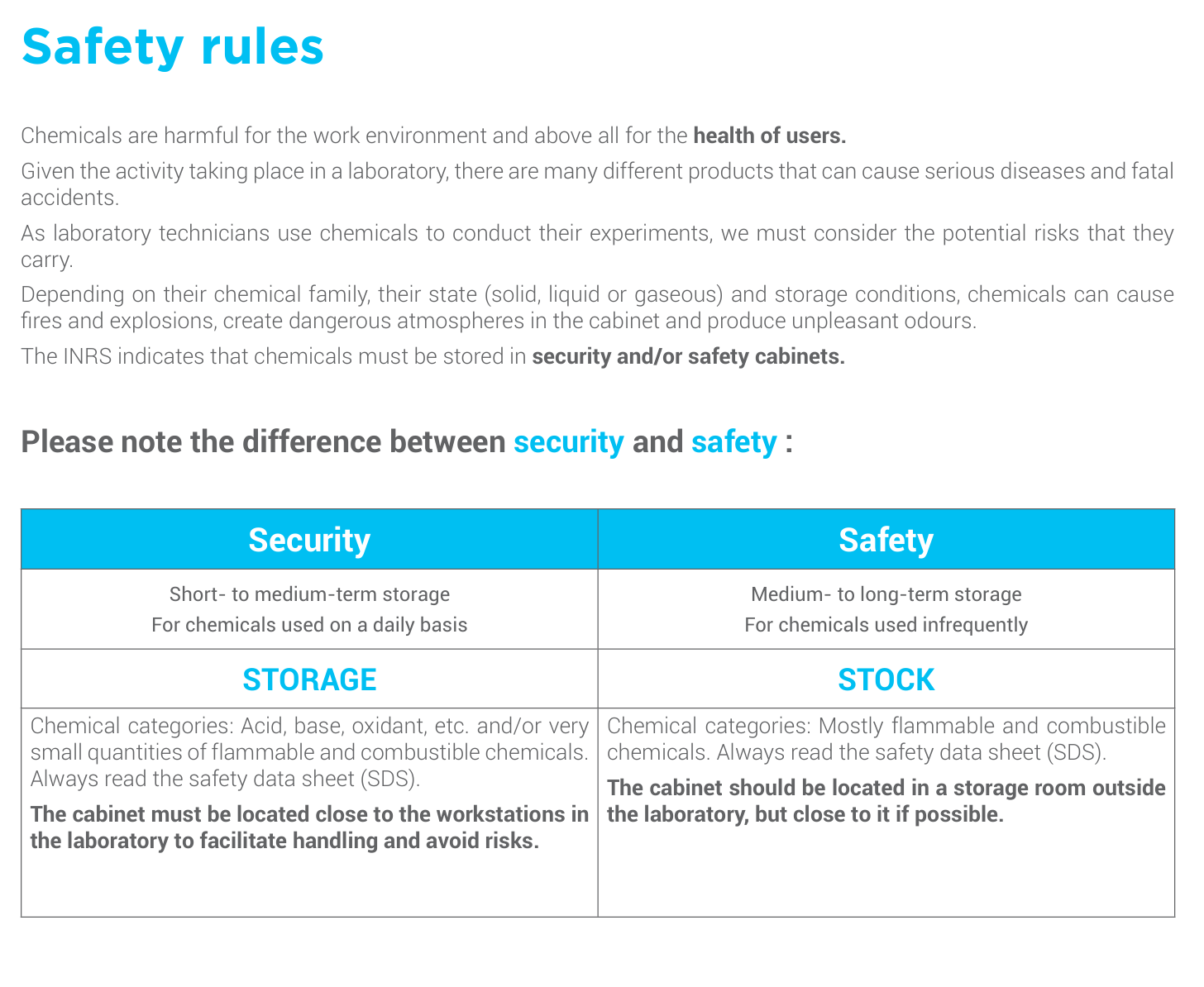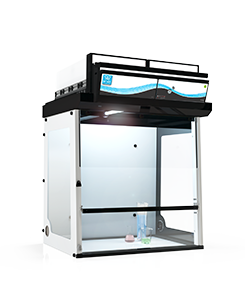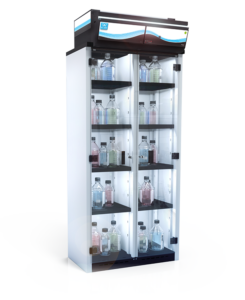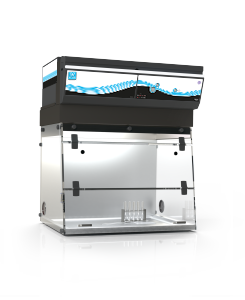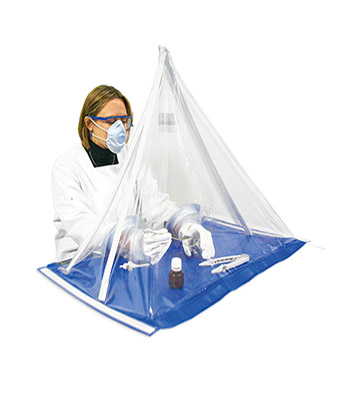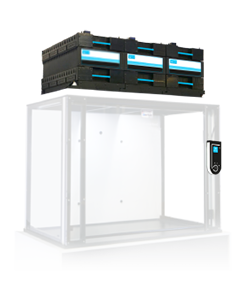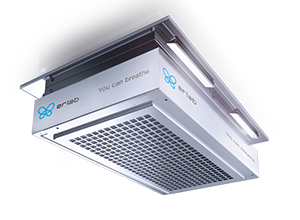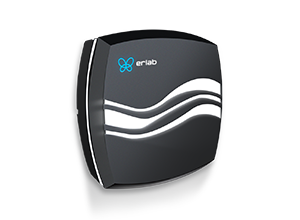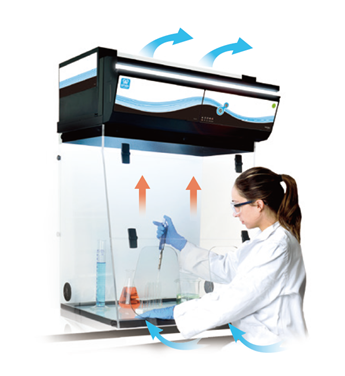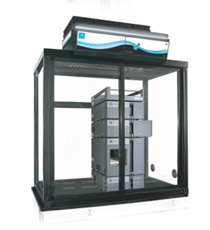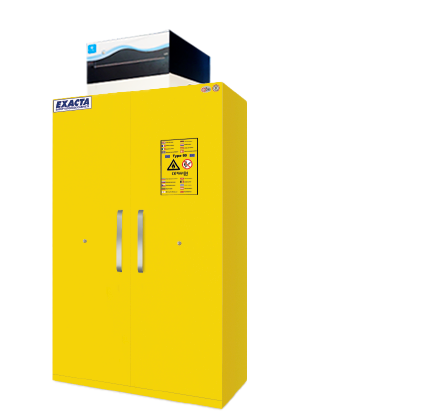Laboratories worldwide face hidden risks that often go unrecognized until harm is done. All too often, non-compliant equipment—from poorly maintained ventilation systems to substandard storage solutions—creates silent hazards that compromise safety and regulatory adherence. When airflow fails, seals degrade, or filtration is inadequate, toxic vapors, airborne contaminants, and chemical residues can accumulate, turning routine workspaces into zones of long-term risk.
These incidents underscore a critical truth: The most serious laboratory danger is inhalation risk—a constant threat during chemical handling and storage. Even sealed containers release harmful vapors over time, and without proper filtration:
- Laboratory air grows saturated with heavy, toxic substances, endangering both personnel and infrastructure.
- Long-term exposure to evaporated chemicals during storage leads to serious illnesses—from organ damage to increased cancer risk.
- Daily vapor release contaminates the broader environment, with far-reaching health impacts beyond lab walls.

Every time a chemical bottle is opened in your lab, an invisible danger takes root. Even sealed containers leak harmful vapors over time—vapors that don’t just smell bad, but quietly damage health, corrode equipment, and risk explosive concentrations. This is why filtration in storage cabinets isn’t an afterthought—it’s a lifeline.
Erlab Filtering storage cabinets stop the harmful vapors. The filtered storage cabinets are engineered to address these risks head-on, prioritizing compliance and occupational health:
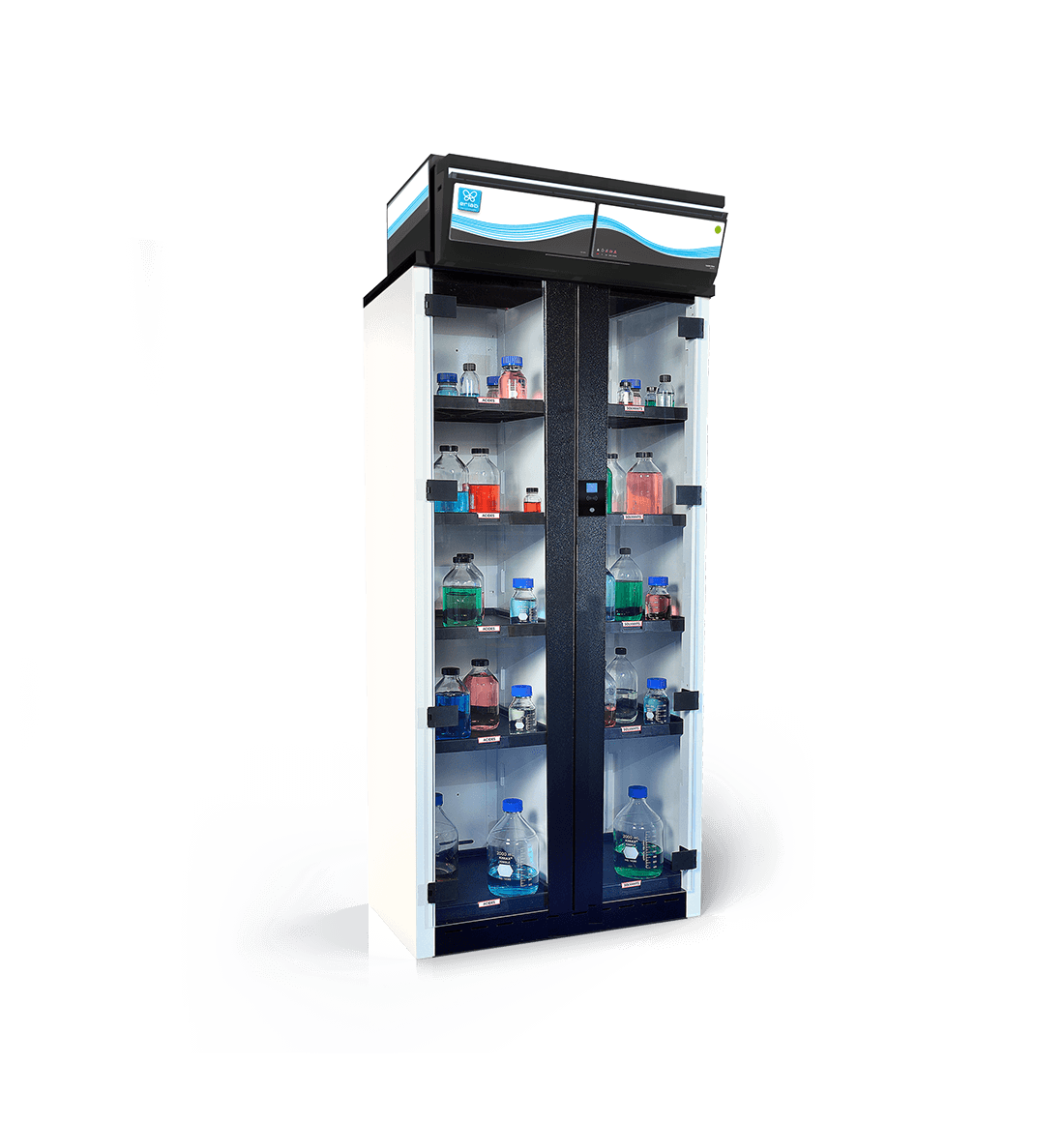
- Targets inhalation hazards at the source: Fans and specialized filters dilute and trap harmful vapors, preventing their spread into lab air.
- Eliminates chronic exposure risks: Captures even small, persistent vapor leaks from opened containers, blocking long-term health threats.
- Ensures regulatory compliance: Meets strict NFX 15-211 standards, keeping vapor levels below Threshold Limit Values (TLVs) for safe, compliant storage.
- Tailored filtration solutions: Choose from AS (organic vapors), BE+ (acids + organics), F (formaldehyde), K (ammonia), or HEPA/ULPA (particulates) to match your lab’s unique chemical profile.
These cabinets aren’t just safe—they’re compliant. They meet strict standards like NFX 15-211, ensuring filtered air stays below harmful thresholds (TLVs) . For labs storing daily-use chemicals or long-term stock, this means guaranteed protection against the risks of unfiltered storage.
Don’t let invisible vapors compromise your lab. The full document dives into risks, regulations, and how to choose the right filtration. Download it now to safeguard your team, equipment, and environment.
